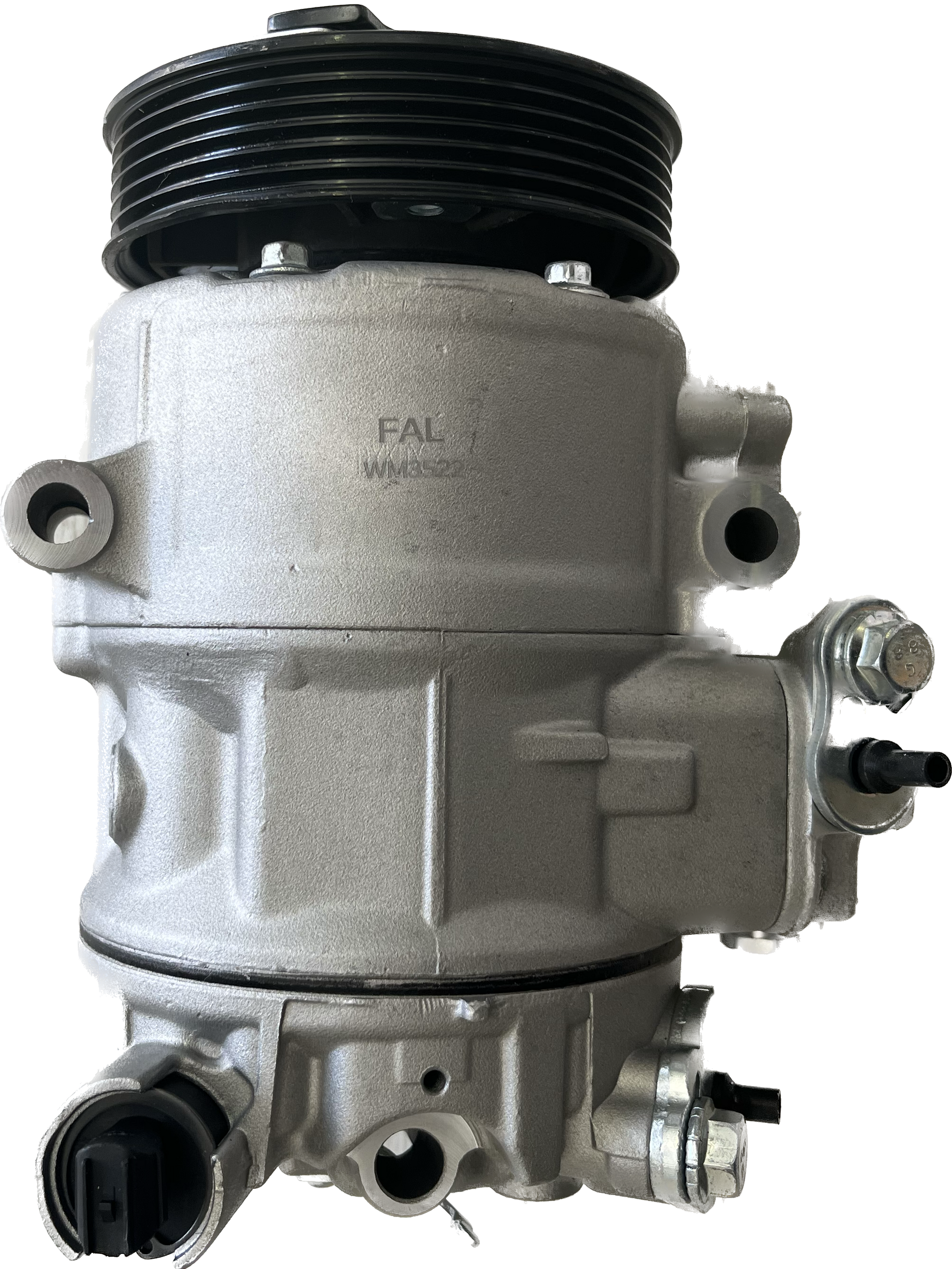Ensure peak performance with a reliable clp engine.
Ensure peak performance with a reliable clp engine.
Blog Article
The Duty of a Clp Engine in Revolutionizing Engine Efficiency and Sustainability
The advent of CLP engine innovation provides an essential minute in the vehicle sector, where efficiency and sustainability assemble in unprecedented ways. By enhancing combustion processes and allowing for dynamic changes in compression proportions, these engines not just guarantee improved fuel efficiency and reduced emissions but additionally obstacle standard engineering paradigms.
Understanding CLP Engine Modern Technology
As the auto market continuously seeks cutting-edge remedies to improve effectiveness and performance, understanding CLP engine modern technology ends up being crucial. The term CLP represents Compression-Low Pressure, an advanced engine style that concentrates on optimizing combustion processes and reducing emissions. This innovation operates by keeping a low-pressure atmosphere within the combustion chamber, which helps with a much more full fuel melt and lessens unburned hydrocarbons.
Among the vital attributes of CLP engine innovation is its capacity to adjust the compression proportion dynamically. This flexibility permits the engine to operate successfully throughout different driving conditions, improving fuel economic climate while simultaneously boosting power output. In addition, CLP engines take advantage of progressed products and style concepts to decrease weight and thermal losses, better adding to total performance.
Furthermore, the integration of electronic control systems plays a crucial duty in taking care of the engine's performance specifications. These systems make it possible for real-time adjustments to ignition timing and fuel shot, maximizing burning for both power and efficiency. By comprehending CLP engine modern technology, stakeholders in the automobile market can much better appreciate its possibility in driving the future of engine design, performance, and sustainability.
Efficiency Enhancements Offered
CLP engine modern technology provides substantial efficiency enhancements that set it in addition to typical engine layouts. One of the key advantages of CLP engines is their ability to run efficiently across a broader variety of speeds and tons. This versatility translates into enhanced torque shipment and velocity, giving a more receptive driving experience.
In addition, the sophisticated burning procedure made use of in CLP engines maximizes fuel-air blending, bring about greater thermal efficiency. This enhancement not just optimizes power result yet additionally decreases power loss, leading to an engine that performs far better under different conditions.
Furthermore, the modular architecture of CLP engines enables easier combination with hybrid systems, enhancing their performance potential - clp engine. This flexibility makes it possible for makers to create cars that deal with consumer needs without sacrificing dexterity or power
The precision engineering entailed in CLP modern technology also contributes to decrease friction and wear, enhancing engine long life and lowering the frequency of maintenance. On the whole, these efficiency enhancements placement CLP engines as a leading option in the quest of high-performance, dependable, and versatile engine options.
Environmental Benefits of CLP Engines
Among the most engaging advantages of CLP engines exists in their environmental advantages, which are progressively crucial in today's automotive landscape. These engines are created to optimize gas effectiveness, significantly minimizing carbon emissions compared to traditional combustion engines. By making use of sophisticated burning methods and cutting-edge materials, CLP engines promote cleaner exhaust results, contributing to enhanced air quality.
Additionally, the decrease in gas consumption not just causes lower greenhouse gas discharges however additionally conserves beneficial all-natural sources. As fossil gas reserves dwindle, the shift in the direction of CLP technology stands for a strategic step in the direction of sustainability. The engines are typically suitable with alternative fuels, better enhancing their environmental allure and enabling for a varied power portfolio.
Moreover, the light-weight layout of CLP engines aids reduce lorry weight, which consequently decreases the power required for propulsion. This leads to reduced functional power consumption and a minimized ecological footprint. In recap, CLP engines stand at the center of efforts to alleviate climate modification you can find out more and promote lasting techniques in the vehicle sector, personifying a future where efficiency and ecological duty are not mutually unique.
Comparison With Conventional Engines
While standard engines have long controlled the automotive market, the introduction of CLP modern technology provides a considerable shift in efficiency and effectiveness. Conventional internal burning engines largely depend on gas combustion, which not only limits thermal efficiency but additionally contributes to greater discharges. On the other hand, CLP engines use advanced thermal management and an one-of-a-kind burning procedure, boosting gas efficiency and considerably reducing greenhouse gas exhausts.
Furthermore, traditional engines operate on set power contours, which can hinder efficiency in differing driving conditions. CLP engines, nonetheless, are developed to adjust their efficiency dynamically, giving optimal power delivery based on real-time my explanation demands. This adaptability causes improved velocity, responsiveness, and overall driving experience.
Maintenance also varies significantly; traditional engines usually require regular oil changes and element replacements because of wear and tear. clp engine. CLP engines, with less moving components, guarantee minimized upkeep demands and longer functional lifespans

Future Prospects and Innovations
As the auto landscape progresses, the future of engine innovation is progressively concentrated on advancements that boost efficiency and sustainability. The Clp engine, with its distinct design and operational efficiencies, is positioned to play a critical function in this change. Future growths might entail innovations in materials science, allowing the construction of lighter and more resilient components, thus lowering overall lorry weight and boosting fuel effectiveness.
Moreover, the combination of expert system and machine learning right into engine administration systems is anticipated to enhance performance dynamically, permitting real-time changes based upon driving problems. These technologies can additionally decrease discharges and improve power use.
Furthermore, research right into alternative fuels, consisting of hydrogen and biofuels, presents interesting possibilities for Clp engines, straightening performance with eco-friendly campaigns. clp engine. As governing structures come to be more stringent, the fostering of such innovations will certainly be dig this essential in achieving sustainability objectives without compromising power
Final Thought

Report this page